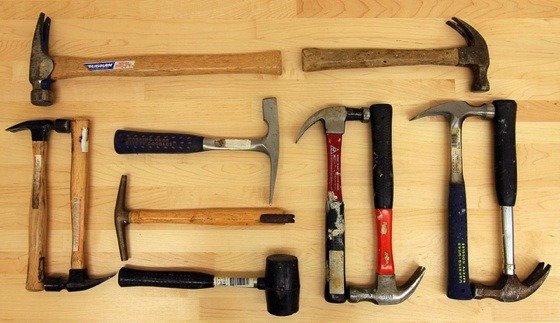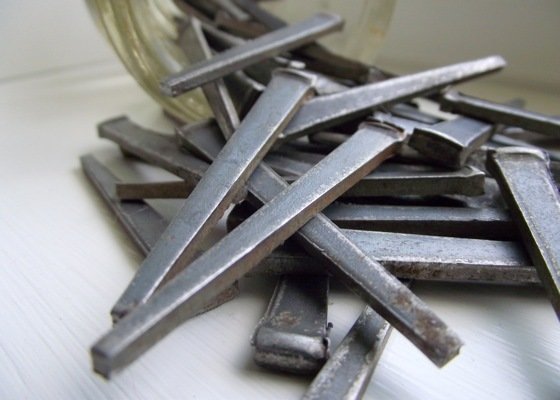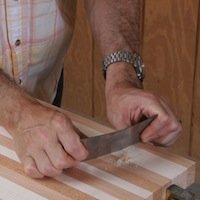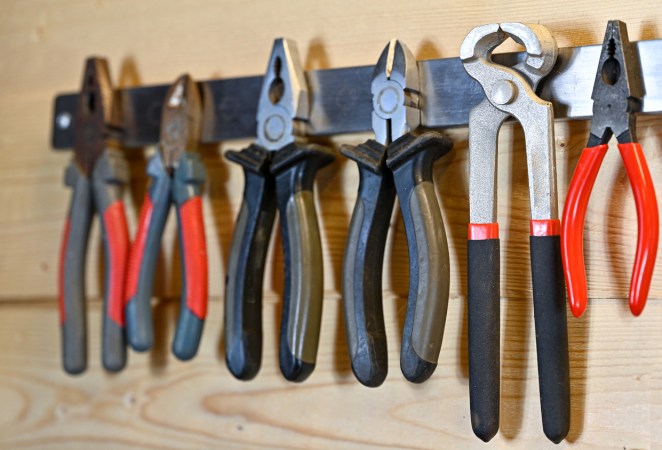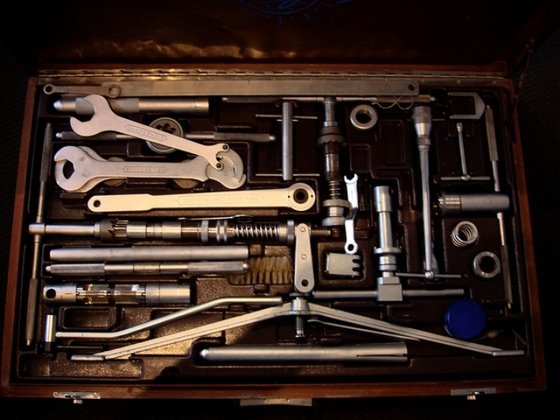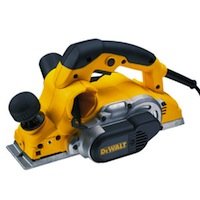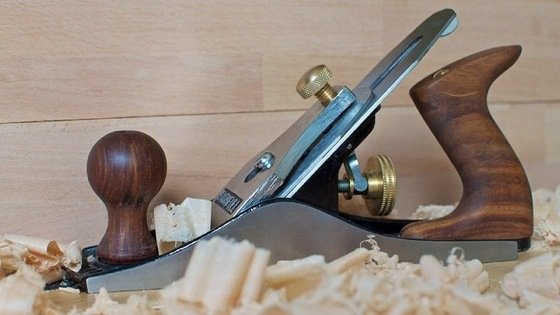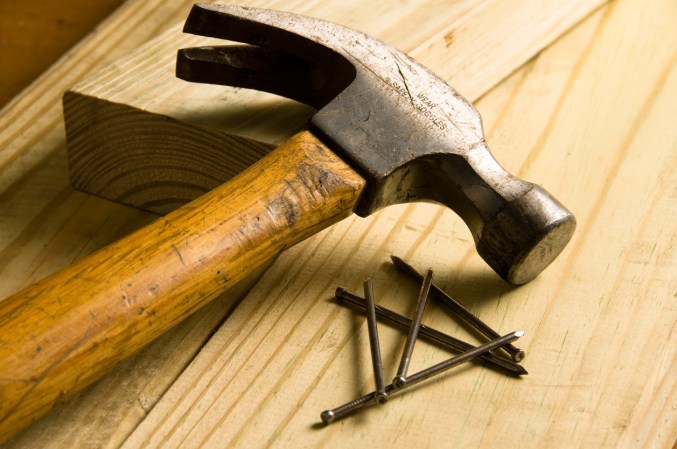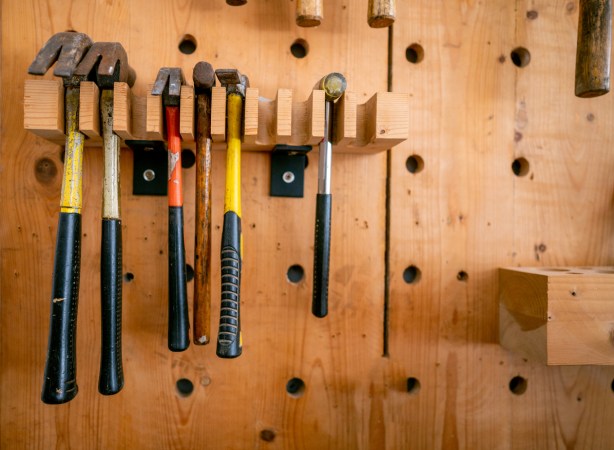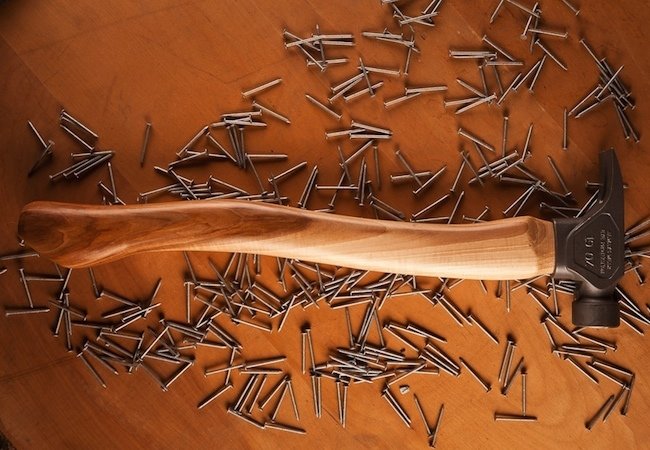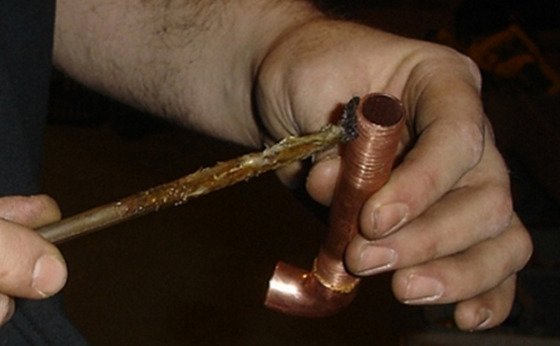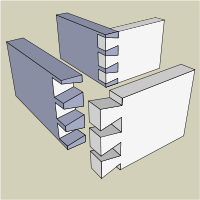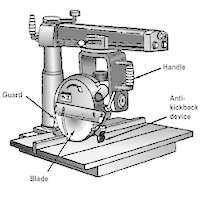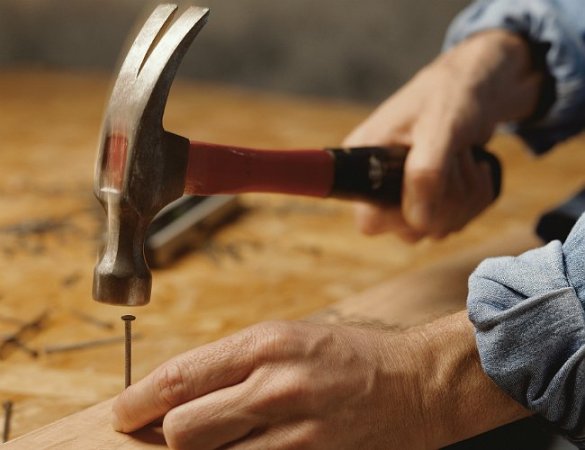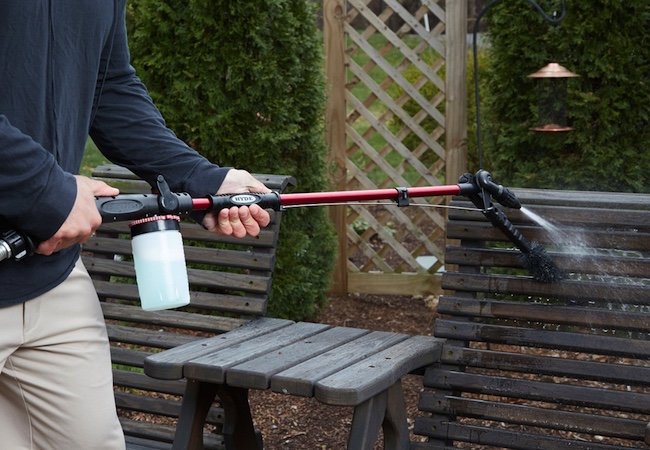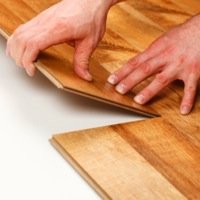We may earn revenue from the products available on this page and participate in affiliate programs. Learn More ›
At first, I felt a bit foolish explaining how to use a hammer. Most of us have seen children banging away with toy mallets before the age of two, and even at that tender age hammering seems natural. After all, the act was probably encoded in the human genetic program well before the word was adopted.
Yet proper hammering technique, like so many skills that we take for granted, isn’t as self-evident as people think. I have seen a fair number of professionals swinging hammers with great confidence— and minimal technique. If you know it all already, let the following serve as a refresher. Who knows, you might just learn something, too.
Gripping the hammer. Whether you’re nailing a twenty-penny spike or a finishing nail, the grip is the same. Make a fist, either wrapping your thumb across the index and middle fingers or gripping the handle just above the first finger.
Make sure you hold the hammer near the end of the handle. By holding it there, you’ll get maximum leverage and the tool will be better balanced. It may not feel that way at first, especially if you are a self-taught carpenter who has always choked up on the handle. But you will do well to retrain yourself and learn to use the whole hand. You’ll find that you bend fewer nails as well, because the angle of approach will be more in line with the shank of the nail, while a choked-up grip tends to bring in the blows at a lower angle.
Swinging the hammer. Before you swing, hold the nail upright with the fingers of your other hand, rest the hammer’s face on the head of the nail. It’s like golf: you line up the shot first, and then take your swing.
Raise the hammer slightly, and drop it back onto the nail head a few times, tapping the nail into the wood until the grain grips the tip. Now, holding the hammer gently but firmly, aim the head at the nail, and swing in a motion that might be best described as a half-chop, half-throw.
Let the weight of the hammer do the work for you. Most of your work is actually done at the beginning of the stroke. Don’t muscle the hammer all the way to the nail, merely guide it to the nail head, letting momentum and gravity help you. Control the hammer, but not in a rigid grip.
Even the return stroke is easier when the hammer is gripped gently. Thanks to Newton’s third law of motion (the one about an action resulting in a reaction), the hammerhead will bounce back. Use that bounce to advantage, letting it guide your back swing, returning the hammer along the same line it took on the striking stroke.
If you feel ajar in your shoulder or elbow when the hammer strikes, you’re too tight.
One last thing: Wear your safety glasses when you hammer. Even the most skilled of carpenters miss-hits now and again, and in an instant a nail can become a missile. Airborne nails— or pieces of nails— are dangerous indeed.

